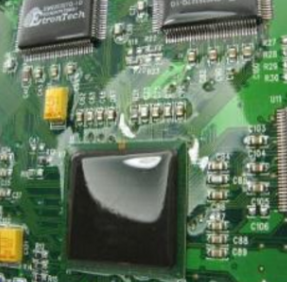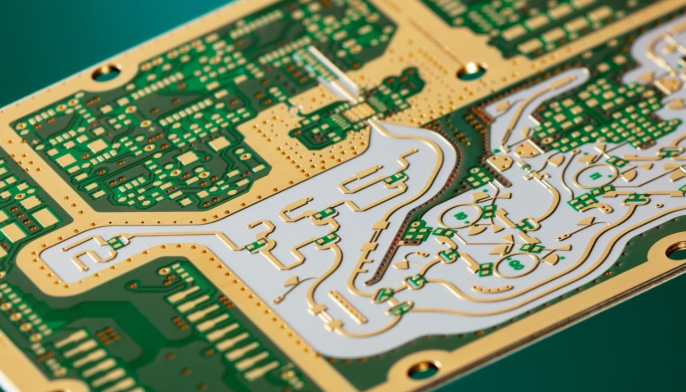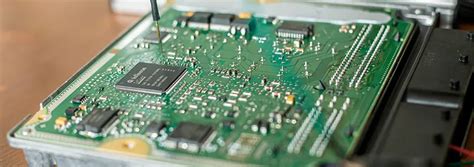What are the requirements for DFM technology in PCB design process?
As electronic products develop towards miniaturization, lightweight and high performance, DFM technology in PCB design process has been increasingly valued by the industry. This article elaborates on the definition, requirements and application of DFM technology in detail, in order to provide a useful reference for PCB designers.
1.Overview of DFM Technology
DFM (Designn for Manufacturability) is a design concept that fully considers the manufacturing process in the product design stage. In PCB design, DFM technology mainly focuses on how to optimize the design to improve production efficiency, reduce production costs, and ensure product quality and reliability. By applying DFM technology, potential manufacturing problems can be discovered and solved in the design stage, thereby avoiding expensive modifications and rework in the production process.
2.Requirements for DFM Technology in PCB Design Process
3.Design Rule Check (DRC)
Design rule check is one of the core requirements of DFM technology, which mainly checks whether the PCB design meets the requirements of the manufacturing process, including parameters such as minimum line width, minimum spacing, via size, copper thickness, etc. Through design rule checking, it can be ensured that the design meets the requirements of production and manufacturing, and problems in the production process caused by design errors can be avoided.
4.Layer planning and stacking design
Reasonable layer planning and stacking design can effectively reduce the manufacturing cost of PCB. In stacking design, the appropriate stacking structure, such as signal layer, power layer, ground layer, etc., should be selected according to the functional requirements and performance requirements of the product. At the same time, the selection of the number of layers should be considered to meet the requirements of signal transmission, power distribution, heat dissipation, etc.

5.Line optimization
Line optimization is the key to improving PCB performance and reducing manufacturing costs. During the design process, the line length should be minimized and the line width should be increased to reduce resistance and inductance. In addition, serpentine routing, overly long lines and branch lines should be avoided to reduce signal integrity problems and EMC problems in the production process.
6.Device layout and package selection
Reasonable device layout can improve the manufacturability and maintainability of PCB. During the layout process, the package size, height and direction of the device, as well as the spacing between devices, should be considered. At the same time, the appropriate package type should be selected to meet the requirements of product performance and cost.
7.Pad design and welding process
Pad design is an important part of DFM technology, which directly affects the welding quality and production efficiency. When designing the pad, factors such as the type of solder, welding temperature, and welding time should be considered to ensure the welding quality. In addition, reasonable pad size and shape should be designed according to the welding process requirements to improve welding efficiency.
8.Solder mask design
Solder mask design is the key to preventing short circuits on the PCB surface. When designing the solder mask, the thickness, color, and coverage of the solder mask should be considered to ensure welding quality and reliability. At the same time, short circuits between the solder mask and the conductive layer, as well as the influence of the solder mask on signal transmission, should also be avoided.

9.Heat dissipation design and solutions
Heat dissipation design is an important part of DFM technology, which directly affects the reliability and stability of the product. During the design process, the heat dissipation requirements of the product should be fully considered, and appropriate heat dissipation paths should be selected, such as heat sinks, thermal conductive adhesives, fans, etc. At the same time, the heat dissipation path and heat dissipation area should be optimized according to the product’s use environment and thermal resistance requirements to improve the heat dissipation effect.
The use of DFM (Design for Manufacturability) technology in the PCB design process has the following advantages:
- Improve production efficiency: DFM technology fully considers the manufacturing process in the design stage, which can reduce the error rate in the production process, reduce the number of rework and modifications, and thus improve production efficiency.
- Reduce production costs: Optimizing the design through DFM technology can reduce material waste in the production process, reduce manufacturing costs, and improve the cost-effectiveness of the product.
- Ensure product quality and reliability: DFM technology can ensure that the design meets the manufacturing process requirements, avoid product quality problems caused by design problems, and improve product reliability.
- Optimize heat dissipation performance: DFM technology can optimize the heat dissipation path and heat dissipation area in PCB design, improve the heat dissipation effect, and thus ensure the stable operation of the product in a high temperature environment.
- Improve maintainability: By optimizing device layout and pad design through DFM technology, the maintainability of PCB can be improved and the after-sales maintenance cost can be reduced.
- Meet the requirements of green environmental protection: DFM technology can reduce power consumption, reduce energy consumption, and thus reduce carbon emissions, which meets the development requirements of green environmental protection.
- Shorten product time to market: DFM technology can avoid design errors and manufacturing problems, reduce the number of design iterations, and thus shorten product time to market.
- Improve the collaboration between the design team and the manufacturing team: DFM technology helps the communication and collaboration between the design team and the manufacturing team, so that both parties can better understand each other’s needs and challenges and jointly optimize product design.
In short, the use of DFM technology in the PCB design process has many advantages, which helps to improve product performance, reduce costs, ensure quality and reliability, and meet the requirements of sustainable development. In the PCB design process, the requirements of DFM technology involve many aspects, including design rule checking, layer planning and stacking design, circuit optimization, device layout and package selection, pad design and welding process, solder mask design, and heat dissipation design and solutions. By meeting these requirements, the manufacturability, reliability, and cost-effectiveness of PCB design can be improved, thus providing strong support for the design and manufacture of electronic products.






